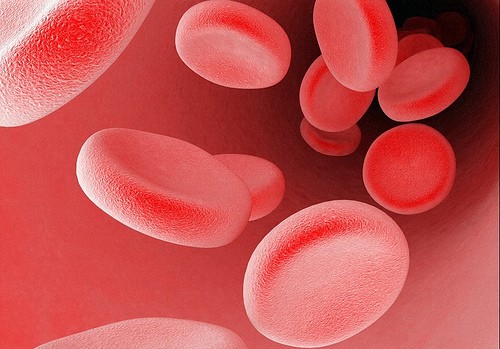
Anemia and red blood cells
All the red blood cells in the human body contain an iron-rich protein known as hemoglobin. This protein not only gives the red color to the red blood cells, it is responsible for binding with oxygen and carrying it to the various tissues. Anemia is defined as a condition where the body does not have sufficient number of healthy red blood cells, or the red blood cells do not have enough hemoglobin to transport oxygen throughout the body. Because of the oxygen deprivation, the patient complains of shortness of breath and headaches. He gets fatigued easily and may even complain of lightheadedness. Prolonged anemia can damage the vital organs and may even lead to death.
- Important notification about information and brand names used in this slideshow!
- Photo courtesy of Wellcome Images by Flickr : www.flickr.com/photos/wellcomeimages/5814816052/
- women.webmd.com/ss/slideshow-anemia-overview

Symptoms of anemia
The symptoms of anemia vary according to the severity of the condition. Some of the common symptoms associated with the condition are: • Weakness • Irritability • Pale skin, especially the palms • Cold extremities • Headache • Palpitations, that is, a person can feel is own heartbeat. Initially, palpitation s are felt when a patient does some strenuous work like running or exercising, but later, they can be felt even when the patient is resting. • Shortness of breath • Hair fall • If a patient is suffering from heart ailment, it worsens with anemia • Easy fatigability There are times when the body adjusts to long standing anemia. The patient reduces his oxygen demand and therefore, does not exhibit any symptoms of anemia. However, if the anemia develops rapidly, the symptoms associated with anemia are marked.

Who is at risk of developing anemia?
Although anybody can suffer from anemia, the condition is likely to affect women of child bearing age, small children, and people suffering from chronic ailments. Let us understand why this happens. • Anemia in women of child-bearing age: Women of child-bearing age undergo menstruation every month. In women, who have heavy menstrual flow, large amount of blood is lost which may make the women anemic. This is all the more common in women from developing countries, where the diet is often deficient in iron and folic acid. These women are at an increased risk of developing anemia. Similarly, pregnancy also causes physiological changes in the blood volume. Eating an iron-deficient diet in such a condition can lead to anemia. • Young babies: Small babies, especially those who are born before term or those who receive formula feed which has not been fortified with iron, are likely to become anemic. Children fed on cow’s milk also, do not get adequate amount of iron. • People suffering from chronic ailments: People suffering from chronic diseases like heart problems, inflammatory bowel disease, liver disease and cancer, and elderly people are also likely to suffer from anemia.

Anemia in teenage years
Teenagers are prone to develop anemia because of their sudden growth spurts. Moreover, teenage girls are said to be ten times more likely to suffer from anemia compared to boys because of their menstrual periods. They lose a lot of blood every month by way of menstruation making them anemic. Teenagers are also likely to undertake strict dieting and skip meals. They often participate in endurance sports and intensive physical exercises, which may increase their risk of developing anemia. In the United States, the most common cause of anemia in teenagers is iron deficiency anemia. Although teenage children from all backgrounds are affected by anemia, it is especially more common in Mexican-American teenagers and teenagers belonging to lower income families. This is because they are more likely to consume a diet deficient in iron and folic acid.

Main causes behind anemia
One of the most common causes of anemia is eating a diet which is low on iron. This is especially seen in developing and underdeveloped countries. Then, there are certain diseases which may impair the absorption of iron from the gut. These conditions include Crohn’s disease, ulcerative colitis and celiac disease. People who have undergone gastrectomy or gastric bypass operation for any reason are also likely to have impaired iron absorption. Certain food items and medicines can also obstruct proper absorption of iron from the gut. They are: • Dairy products • Food rich in calcium • Calcium supplements • Antacids • Beverages like tea and coffee Apart from iron, body also requires sufficient quantities of folic acid and vitamin B12 to produce red blood cells. Deficiency of these nutrients can also lead to development of anemia.
- Important notification about information and brand names used in this slideshow!
- Photo courtesy of marsmett talahassee by Flickr : www.flickr.com/photos/63870278@N03/5838910653/

Other causes of anemia
Besides the deficiency of iron, folic acid and vitamin B12 in the diet, there are several other conditions that may lead to anemia. These conditions include: • Severe blood loss: Conditions like ulcers, heavy menstrual flow, surgery or trauma which may cause severe blood loss may also lead to anemia. • Chronic illness: Diseases like rheumatoid arthritis, diabetes and malignancy may cause the body to produce less number of red blood cells, resulting in anemia. • Aplastic anemia: This condition affects three in one million people around the world. In this condition, the bone marrow function is depressed. As a result, it cannot produce sufficient number of red blood cells. This condition may be a result of exposure to radiation or chemicals, autoimmune disorder, viral infection or simply inherited. • Other conditions like thalassemia, hemolytic anemia or sickle cell anemia, wherein either the red blood cell production is depressed or defective, may lead to anemia.
- Important notification about information and brand names used in this slideshow!
- Photo courtesy of Samuela Lepori by Flickr : www.flickr.com/photos/scarletblue/5453811280/
- www.medicalnewstoday.com/articles/158800.php
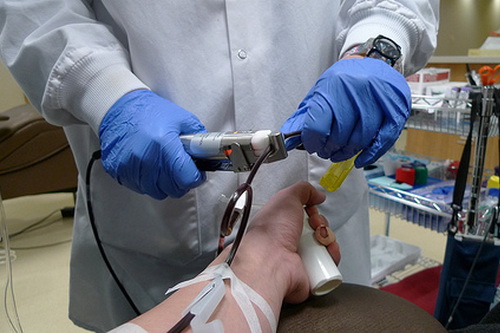
How is anemia diagnosed?
Anemia is diagnosed with the help of several tests. These include: Blood tests: Several blood tests are done in order to find out whether a person is suffering from anemia and if yes, what is the reason behind it. They are: • Complete blood count: The number of red blood cells, white blood cells and platelets is measured. If the number of red blood cells is low, other tests are carried out to find out the type of anemia. • Hemoglobin electrophoresis: This test measures the hemoglobin levels in the blood. • Reticulocyte count: It is a measure of young red blood cells in the blood and is actually a test of bone marrow’s capacity to make these cells. • Serum iron and ferritin levels: This test is done to find out the levels of iron in the body. • Peripheral blood smear: This is done to test the shape of red blood cells and to rule out genetic conditions like sickle cell anemia. • Osmotic fragility: This test finds out if the red blood cells are prone to break easily. Based on these tests, if the doctor diagnoses that a person is suffering from iron deficiency anemia, he is...
Anemia is diagnosed with the help of several tests. These include: Blood tests: Several blood tests are done in order to find out whether a person is suffering from anemia and if yes, what is the reason behind it. They are: • Complete blood count: The number of red blood cells, white blood cells and platelets is measured. If the number of red blood cells is low, other tests are carried out to find out the type of anemia. • Hemoglobin electrophoresis: This test measures the hemoglobin levels in the blood. • Reticulocyte count: It is a measure of young red blood cells in the blood and is actually a test of bone marrow’s capacity to make these cells. • Serum iron and ferritin levels: This test is done to find out the levels of iron in the body. • Peripheral blood smear: This is done to test the shape of red blood cells and to rule out genetic conditions like sickle cell anemia. • Osmotic fragility: This test finds out if the red blood cells are prone to break easily. Based on these tests, if the doctor diagnoses that a person is suffering from iron deficiency anemia, he is subjected to a few more tests like: • Stool examination: This is done when the cause of blood loss is suspected to be internal bleeding. • Urine examination: To find out if cause of anemia is some kidney related condition. • Endoscopy: The patient may be subjected to upper gastrointestinal or lower gastrointestinal endoscopy if the doctor feels that bleeding is from some ulcers or inflammatory bowel disease, or any other condition related to gut. • Bone marrow biopsy: This is done to determine if the bone marrow, the site for production of red blood cells, is functioning optimally. • Genetic tests: These are done to rule out any genetic cause of anemia.
- Important notification about information and brand names used in this slideshow!
- Photo courtesy of Thirteen Of Clubs by Flickr : www.flickr.com/photos/thirteenofclubs/3272730875/
- www.mayoclinic.org/anemia/diagnosis.html
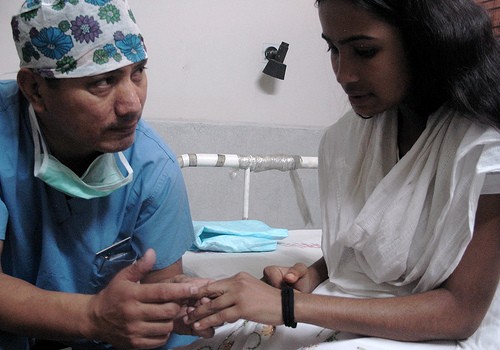
Sickle cells anemia
Normal red blood cells are biconcave in shape. This allows their easy flow even through small blood vessels. However, in sickle cell anemia, which is an inherited condition, the shape of the red blood cells is sickle shaped. As a result of the defective shape, the red blood cells stick together. They pass through the small blood vessels with difficulty, leading to pain. Moreover, they are further damaged, as they try to pass through the blood vessels, leading to their early death. A sickle cell dies within 10 to 20 days as opposed to the 4 months life of a normal red blood cell. As they sickle shaped cells clog together, they impair the blood flow to the concerned organ. This may lead to damage to the organ.
- Important notification about information and brand names used in this slideshow!
- Photo courtesy of ReSurge International by Flickr : www.flickr.com/photos/interplast/2065349349/
- www.nhlbi.nih.gov/health/health-topics/topics/sca/
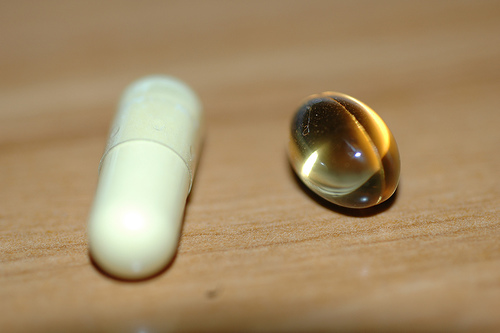
Medicines and supplements to treat anemia
Medicines are reserved for those cases of anemia where the underlying cause is some kidney disorder, or malignancy, etc. Injection of hormone erythropoietin (EPO) is given in case of chronic kidney disease. Corticosteroids, like prednisolone, may be needed in case of autoimmune diseases. A cancer drug, hydroxyurea, is given in case of sickle cell anemia. However, in most of the cases of iron deficiency anemia, supplementation with iron and folic acid is usually sufficient. Some patients may require vitamin B 12 supplementation as well. When taking iron supplements, the patient is advised not to take them along with calcium containing medicines as the latter hamper the absorption of iron from the gut. It is better to take ferrous supplements rather than ferric supplements.

How to prevent anemia?
As most of the cases of anemia are because of deficiency of iron, they can be easily prevented by paying more attention to diet. It is necessary to include iron rich food in the diet like leafy green vegetables, lean red meat, liver, tofu, fish, lentils, beans and dry fruits. Food containing adequate amounts of folic acid and vitamin B 12 is also necessary for the development of red blood cells and prevention of iron deficiency anemia. Food items containing folic acid and vitamin B 12 include dairy products, eggs, spinach and bananas. These days cereals, flour and breads available in the market are already fortified with iron, folic acid and vitamin B 12.


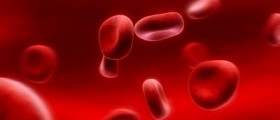
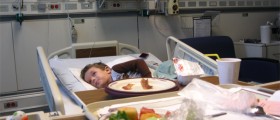





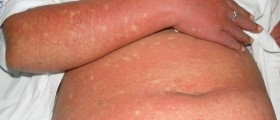
_f_280x120.jpg)




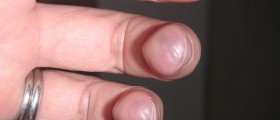
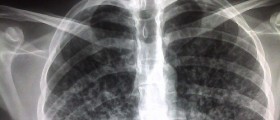
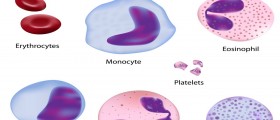

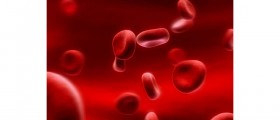

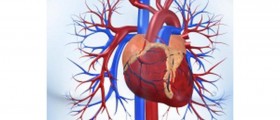
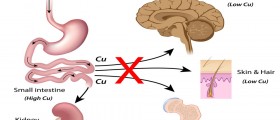
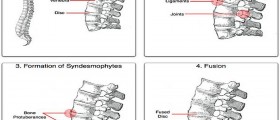



Your thoughts on this
Loading...